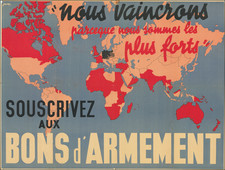Interesting German map of the Eastern Front published in the Berlin newspaper Die Post, most likely in August or September of 1941.
The map shows much of the western part of the Soviet Union, with blue arrows jutting out from German-held territory to represent Wehrmacht advances in 1941. Many of the arrows are labeled with the dates by which they had reached the terminus points.
The map was intended to be used by readers of Die Post to follow news events and track the locations of loved ones as the initial stages of Operation Barbarossa unfolded.
The following note gives some sense of the intended use of the map:
Alphabetisches Namensverzeichnis
Vor Benutzung des Namensverzeichnisses und der Karte bitte lesen!
In diesen Spalten geben wir eine Zusammenstellung der wichtigsten Namen der Orte, Städte, Flüsse und Gebirge des sowjetischen Raumes, soweit er auf unserer Karte erfaßt ist. Zum schnellen Auffinden der sowjetischen Orte, Flüsse und Gebirge haben wir deren Namen alphabetisch geordnet. Die Buchstaben und Zahlen, die hinter jedem Namen stehen, bezeichnen die Vierecke, die durch die Längen- und Breitengrade auf der Karte gebildet werden und in denen der betreffende Ort liegt. Die Buchstaben sind an den Längsseiten der Karte, die Zahlen am oberen und unteren Rande der Querseite der Karte eingedruckt. Auf diese Weise läßt sich leicht jenes Viereck finden, das den gesuchten Namen enthält.
[Translated:]
Alphabetical directory of names
Please read before using the directory and the map!
In these columns we give a compilation of the most important names of the places, cities, rivers and mountains of the Soviet area, as far as it is recorded on our map. To quickly find the Soviet places, rivers and mountains, we have arranged their names alphabetically. The letters and numbers that appear after each name denote the squares that are formed by the longitude and latitude on the map and in which the respective location is located. The letters are printed on the long sides of the card, the numbers on the upper and lower edges of the transverse side of the card. In this way it is easy to find the square that contains the name you are looking for.
Rarity
Though it was undoubtedly issued in large numbers, this is the only example of the map that we have seen.









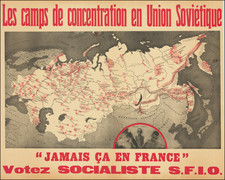
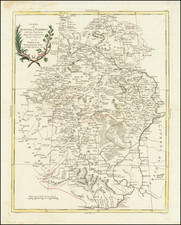
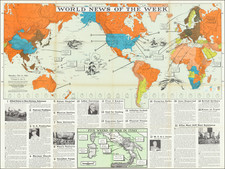
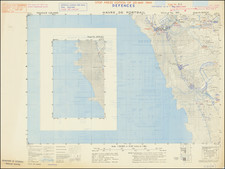
![[European Russia] Гидрографическая Карта Европейской Россіи. Составлена Департаментом Проэентовъ И Смѣтъ Главнаго Управления Путей Сообщения и Публичныхъ Зданій | Hydrographical Chart of European Russia Compiled by the Project and Estimate Department of the Chief Direction of Ways of Communication & Public Buildings 1846.](https://storage.googleapis.com/raremaps/img/small/61005.jpg)
